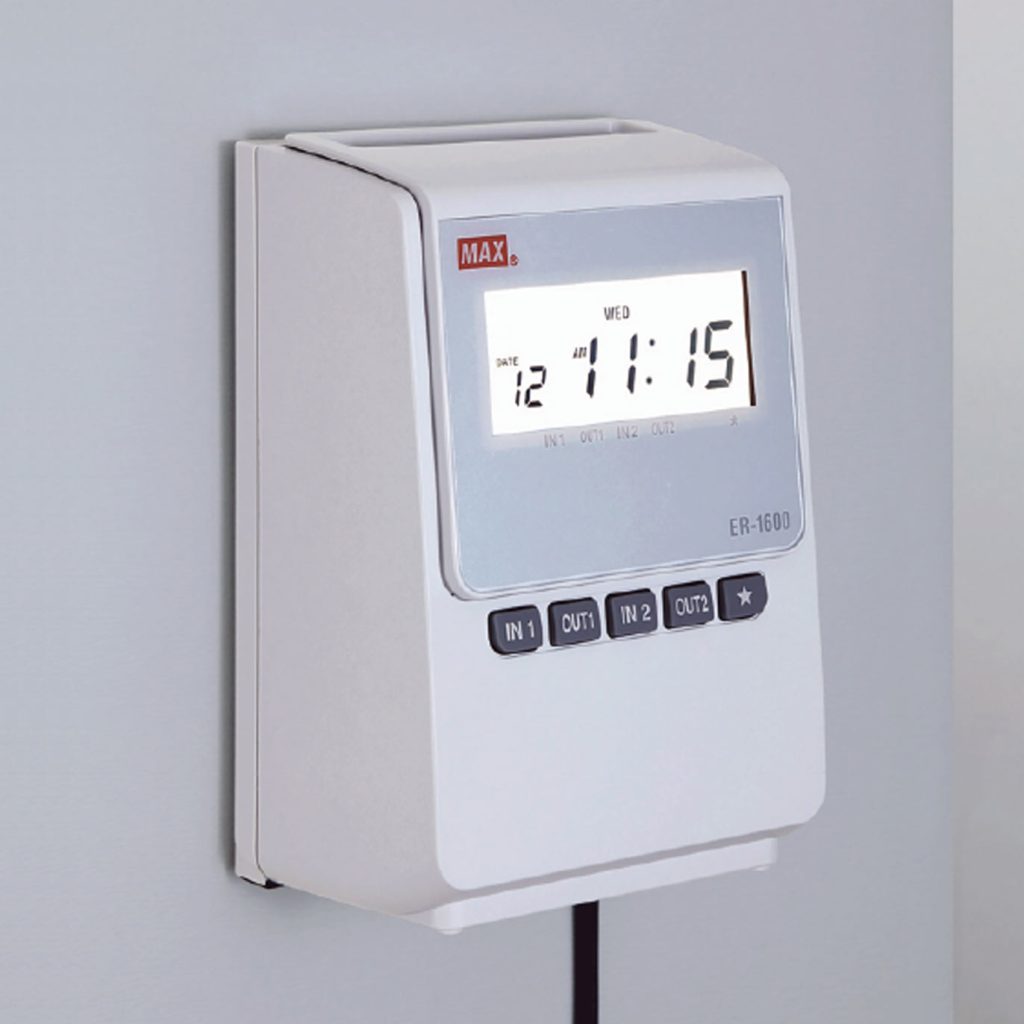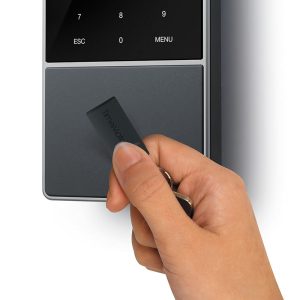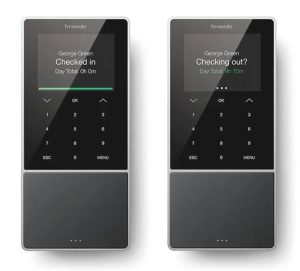
Cost-Benefit Analysis: Switching to Biometric Time Attendance Systems

Biometric time attendance systems represent a significant leap forward in how businesses track and manage employee attendance.
Unlike traditional methods, which rely on manual entry, punch cards, or RFID tags, biometric systems use unique physical characteristics, such as fingerprints or facial recognition, to record attendance.
This technology promises to streamline administrative processes, reduce fraud, and improve data accuracy. As businesses globally strive for efficiency and accuracy, understanding the cost-benefit analysis of switching to such systems is crucial for informed decision-making.
The transition from conventional attendance tracking to biometric systems is not merely a technological upgrade but a strategic investment. This shift aims to address the inefficiencies, inaccuracies, and potential for misconduct inherent in older systems.
By examining the costs associated with implementing biometric technology against the tangible and intangible benefits it offers, organisations can gauge the potential impact on their operations.
The move from standard clocking systems towards biometrics, while initially daunting due to perceived costs and complexity, offers a compelling case for long-term savings and operational efficiency.
The Rise of Biometric Systems
The adoption of biometric time attendance systems is driven by significant advancements in biometric technology, making it more accessible and affordable for businesses of all sizes.
These systems leverage sophisticated algorithms and sensors to accurately identify individuals based on fingerprints, facial patterns, or even iris scans.
The evolution of this technology from high-security applications to mainstream workplace use underscores its reliability and effectiveness in managing attendance.
As businesses seek to enhance security and efficiency, biometrics offers a solution that traditional methods cannot match, setting a new standard in workforce management.
Biometric systems’ appeal lies in their ability to provide secure, non-invasive, and almost instantaneous identification and authentication.
This capability not only streamlines the process of attendance tracking but also integrates seamlessly with payroll and HR management systems, reducing the administrative burden and potential for human error.
The transition to biometric attendance systems reflects a broader trend towards digital transformation in the workplace, prioritising efficiency, security, and data integrity.
As the technology continues to evolve, its adoption becomes a strategic decision for organisations looking to future-proof their operations.
Cost Analysis
Implementing biometric time attendance systems involves an initial investment in hardware, such as biometric scanners, and software, including integration with existing payroll and HR systems.
This upfront cost varies depending on the scale of deployment and the specific technology used.
Additionally, businesses must consider ongoing expenses, such as maintenance, software updates, and potential hardware replacements.
While the initial financial outlay may seem substantial, it is essential to view this investment in the context of long-term benefits and savings.
Beyond the tangible costs, organisations should also account for the time and resources required to transition to a biometric system.
Training employees to use the new system, updating internal policies, and ensuring compliance with data protection regulations are critical factors in the overall cost analysis.
However, when compared to the inefficiencies and potential for error or fraud associated with traditional attendance methods, the investment in biometric technology can offer significant returns.
This includes reduced administrative overhead, decreased payroll discrepancies, and improved employee accountability.
Benefit Analysis
The benefits of switching to biometric time attendance systems extend far beyond the elimination of buddy punching and time theft.
By automating the attendance tracking process, these systems offer unparalleled accuracy, significantly reducing payroll errors and ensuring employees are compensated accurately for their time.
This not only enhances operational efficiency but also boosts employee satisfaction and trust in the payroll system. Additionally, biometric systems offer real-time data access, enabling managers to make informed decisions regarding staffing, overtime, and leave management.
Moreover, the adoption of biometric attendance systems contributes to a culture of accountability and transparency within the workplace.
Employees are more mindful of their attendance and punctuality when they know their arrival and departure times are accurately recorded.
This behavioural change can lead to improved productivity and efficiency, further enhancing the organisation’s overall performance.
The integration of biometric systems with other HR and operational software also streamlines processes, reducing the administrative burden on staff and allowing for a more strategic focus on core business activities.
Comparative Analysis with Traditional Systems
When compared to traditional attendance tracking methods, biometric systems offer clear advantages in terms of accuracy, efficiency, and security. Traditional methods, such as punch cards or manual sign-in sheets, are susceptible to fraud and errors, which can lead to significant financial losses over time.
Furthermore, the manual processing of attendance data is time-consuming and prone to human error, affecting payroll accuracy and employee satisfaction. In contrast, biometric systems eliminate these issues by providing a secure, efficient, and foolproof method of attendance tracking.
The shift towards biometric time attendance systems is not merely a technological upgrade but a strategic decision that impacts the bottom line.
The initial investment in biometric technology pays off through reduced payroll discrepancies, lower administrative costs, and enhanced operational efficiency.
Additionally, the intangible benefits, such as improved employee morale and a stronger culture of accountability, contribute to the organisation’s long-term success.
By offering a detailed comparison of the costs and benefits, organisations can make an informed decision that leverages modern technology to improve workplace management.
The cumulative benefits of accuracy, efficiency, and security position biometric systems as a valuable asset for any organisation looking to modernise its attendance and workforce management practices.
Conclusion
The decision to switch to biometric time attendance systems is a strategic investment in the future of workplace management.
By conducting a comprehensive cost-benefit analysis, organisations can understand the financial and operational implications of adopting this technology.
While the initial costs may deter some, the long-term benefits of improved accuracy, efficiency, and security make a compelling case.
As businesses strive to remain competitive in an increasingly digital world, the adoption of biometric systems signifies a commitment to innovation and operational excellence.
In the final analysis, the transition to biometric time attendance systems is not merely about upgrading technology but about embracing a solution that promises to transform the way businesses track and manage employee attendance.
The positive impact on payroll accuracy, employee accountability, and overall operational efficiency underscores the value of this investment.
As technology continues to advance, the adoption of biometric systems offers a forward-thinking approach to managing one of the most critical aspects of business operations – human resources.






